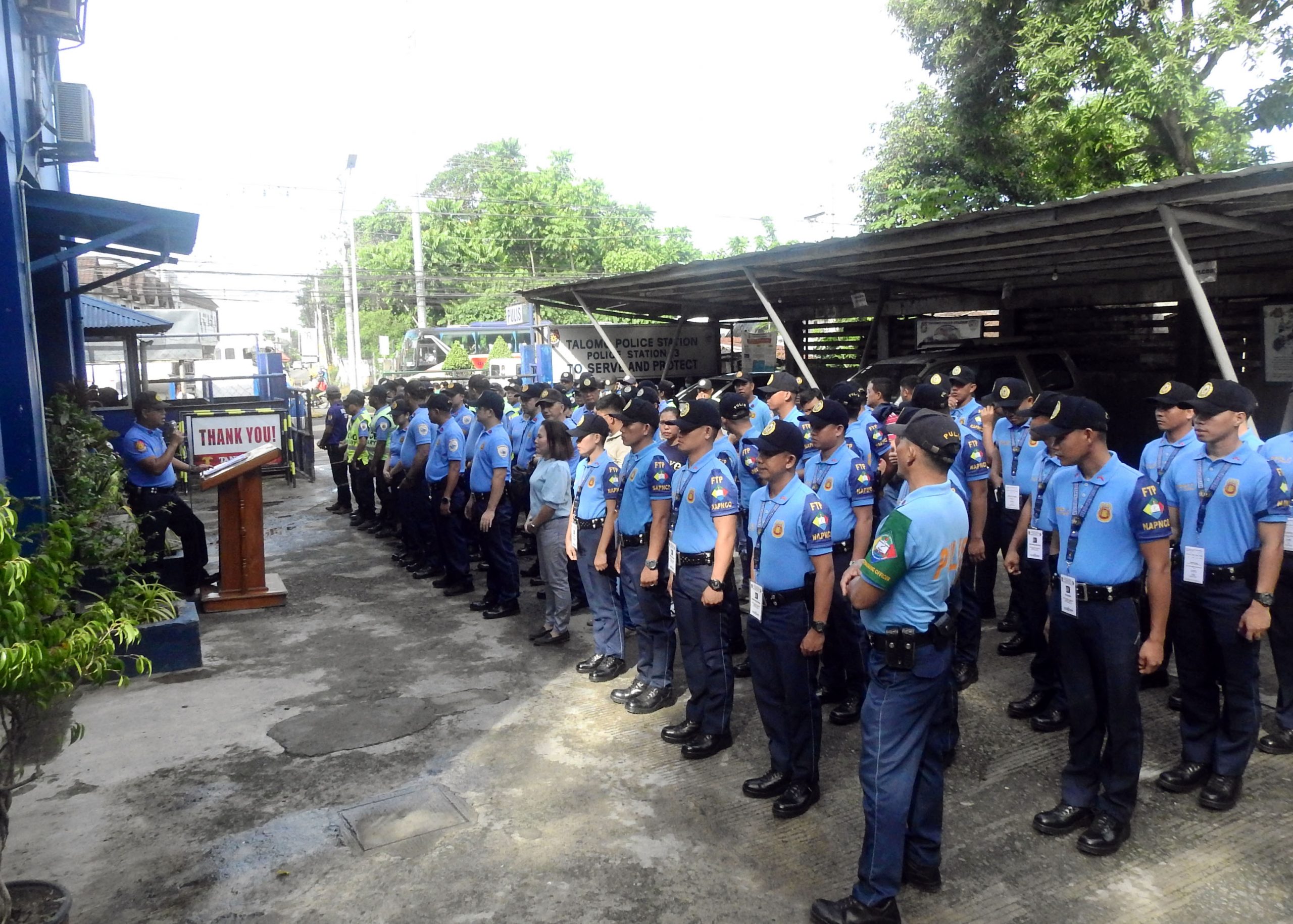PRO XI enforces 3-minute police response time despite controversy
THE POLICE Regional Office XI (PRO XI) maintains that its new “3-Minute Response Time” (3MRT) policy is more effective than the previous 3-5 minute response time.
In an interview on Thursday, Aug. 1, PRO XI spokesperson Major Catherine Dela Rey told TIMES, “Three minutes is better because it’s faster than five minutes.”
However, she could not give records assessing law enforcement performance of the previous five-minute response time due allegedly to the “high volume of police responses.”
The 3MRT has been met with controversy, with Mayor Sebastian Duterte threatening to “slap” PRO XI director Brig. Gen. Nicolas Torre III for insisting on the new policy.
Despite the mayor’s disapproval, the PRO XI credited the 3MRT policy for foiling a robbery attempt on July 27.
The policy, implemented in Quezon City under Torre’s leadership, is being piloted in Davao City with plans for region-wide adoption. Torre envisioned the 3MRT as standard practice for PRO XI, improving crime prevention and response times.
This policy contrasts with the previous 3-5 minute response time implemented a year ago by former PRO XI director Brig. Gen. Alden Delvo.
Delvo acknowledged challenges like traffic, weather, and distance could affect response times.
Former PRO XI spokesperson Major Eudisan Gultiano also stated that there was no fixed average response time due to these factors.
The effectiveness of the 3MRT policy remains a topic of debate, with differing opinions from local officials and police authorities.
Comments, suggestions, and concerns
A barangay disaster member and former village councilor said, “Their 3-minute response time is great. I hope they can really fulfill that because some [police] mobile units just sleep in dark places, especially at night.”
“ Also, they should add motorcycles to their fleet so they can respond faster,” he added.
Also, an International Committee of the Red Cross officer shared his thoughts about the 3MRT, “Impressive, but I think it’s not feasible or possible probably due to the ningas kugon (initial enthusiasm followed by waning interest) attitude of Filipinos. It’s good at the start but it will fade after. It won’t be sustained. Just look at how projects, programs, and activities managed by various agencies are now. Not all, but many are not sustained and barely surviving.”
“Their Zumba exercise program, that was from Lacson’s time… It was launched with all the fanfare, etc., but a few months later, it dwindled down. They just keep changing the name of each campaign, but it’s not sustained. Just my opinion,” he added.
Also, an army official said, “Three minutes is a response time. There should also be prevention measures. So there’s no need for a response.”
Nonetheless, he hoped that the 3MRT policy would be effective.
“It should be the standard of every police unit. Efficiency and effectiveness in crime prevention should be the norm,” another retired army officer also said.
A retired police general said 3MRT was inspired by Japan’s Koban system where police officers are stationed on every street with radios and batons, allowing for quick responses.
If armed backup is needed, the officers on the street can call for it from a central station.
The general mentioned that they attempted a similar approach in the local area, assigning at least one police officer per barangay (village) but they couldn’t meet the time requirement due to limitations.
He believes achieving the three-minute response time is possible with sufficient personnel and vehicles assigned to specific streets.
Meanwhile, a local woman shared her experience with the police response.
She questioned the effectiveness of the three-minute guarantee, saying that even when the police didn’t always help even if they arrived within 10 minutes.
She recounted calling the police multiple times without receiving a satisfactory response, and she has now lost confidence in their ability to assist her.
“I called 911 at 6:41 a.m. and they arrived around 7 a.m. When I took a picture, it was 7:11 a.m.,” she added.
Another man in the service said, “Upon receiving the information, you can’t just immediately go because you still need to interview the person who reported it, get the suspect’s description if there is one, and also consider the traffic conditions but if the vehicle flies and it’s only within the town area, 3 minutes is somewhat ideal,” he said.
“I don’t know if they are the ones on the ground if they can actually do a three-minute response time,” he added.
File Photo: Bing Gonzales

